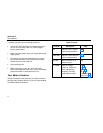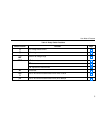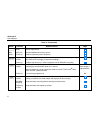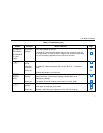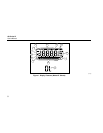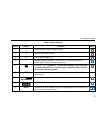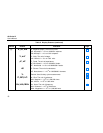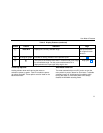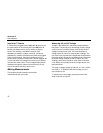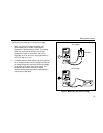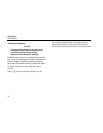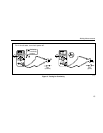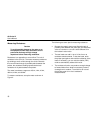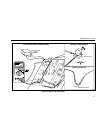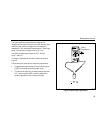
80 Series III
Users Manual
12
Input Alert™ Feature
If a test lead is plugged into the mA/µA or A terminal, but
the rotary switch is not correctly set to the mA/µA or A
position, the beeper warns you by making a chirping
sound. This warning is intended to stop you from
attempting to measure voltage, continuity, resistance,
capacitance, or diode values when the leads are plugged
into a current terminal.
Placing the probes across (in
parallel with) a powered circuit when a lead is plugged into
a current terminal can damage the circuit you are testing
and blow the meter’s fuse.
This can happen because the
resistance through the meter’s current terminals is very
low, so the meter acts like a short circuit.
Making Measurements
The following sections describe how to take
measurements with your meter.
Measuring AC and DC Voltage
Voltage is the difference in electrical potential between
two points. The polarity of ac (alternating current) voltage
varies over time, while the polarity of dc (direct current)
voltage is constant over time. The meter presents ac
voltage values as rms (root mean square) readings. The
rms value is the equivalent dc voltage that would produce
the same amount of heat in a resistance as the measured
sinewave voltage. Models 85 and 87 feature true rms
readings, which are accurate for other wave forms (with
no dc offset) such as square waves, triangle waves, and
staircase waves.
The meter’s voltage ranges are 400 mV, 4 V, 40 V, 400 V,
and 1000 V. To select the 400 mV dc range, turn the
rotary switch to mV.
To measure ac or dc voltage, set up and connect the
meter as shown in Figure 2.



